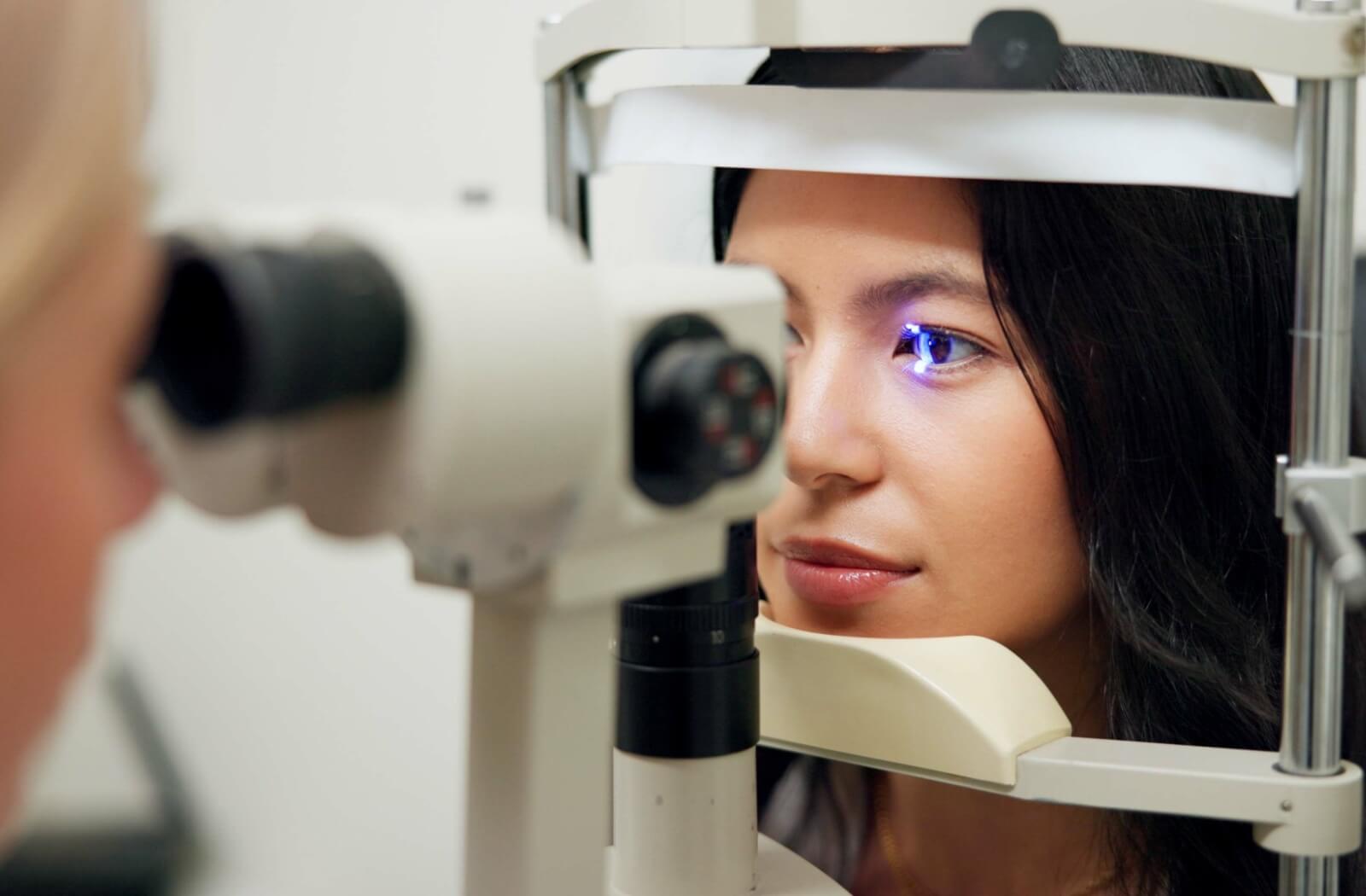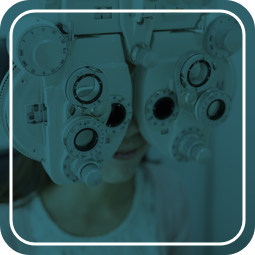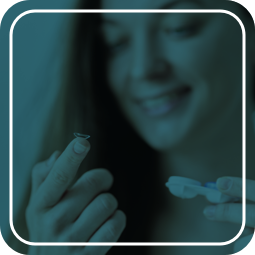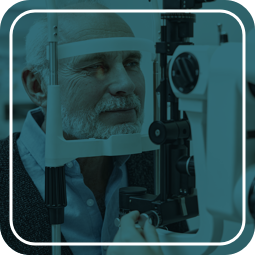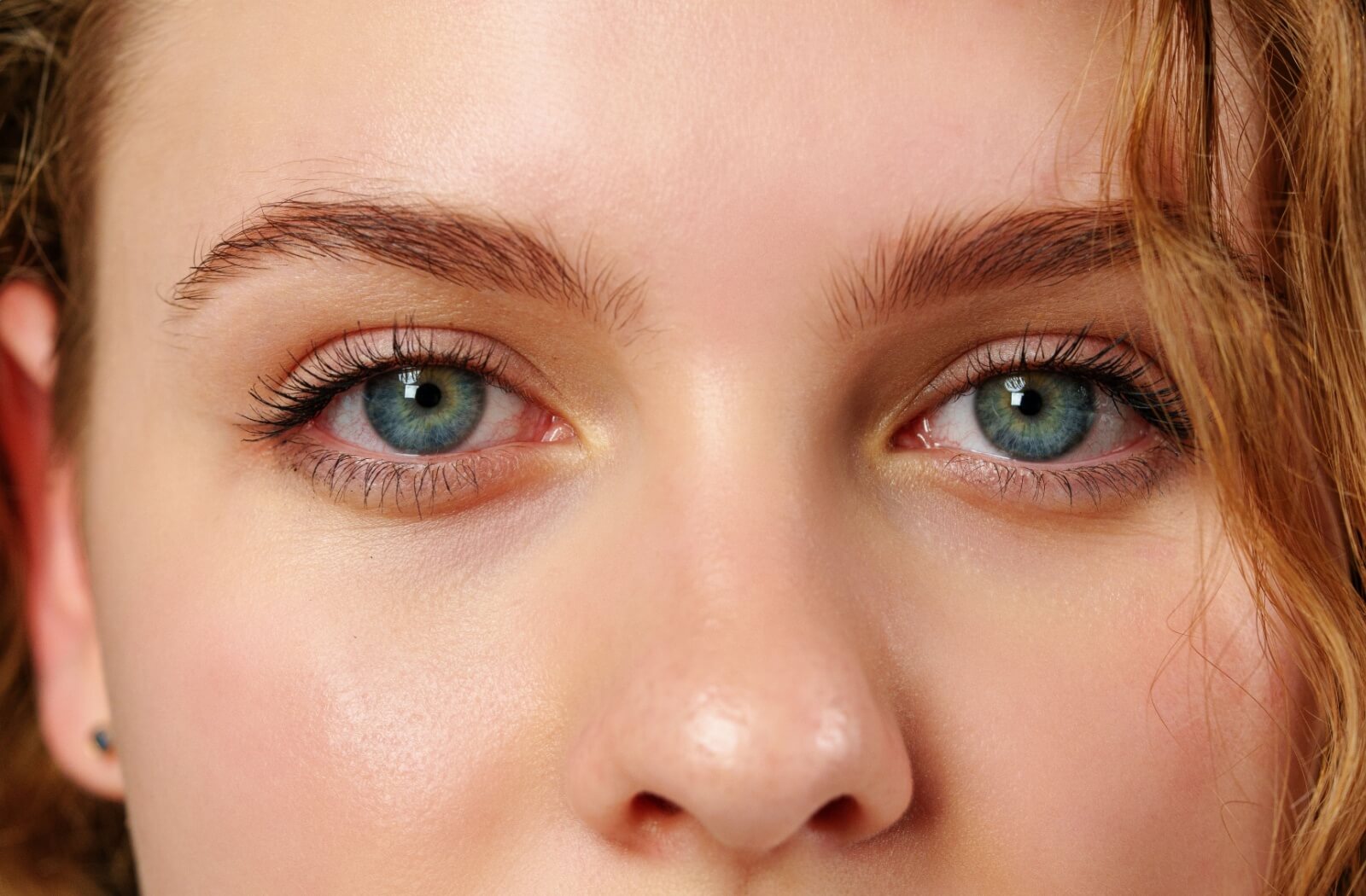Scheduling an eye exam might not be the most exciting item on your to-do list, but it’s essential for maintaining good vision and overall eye health.
Whether you’re rushing between meetings or trying to find time for your kid’s eye care, knowing how long an eye exam takes can make the process less daunting.
On average, an eye exam takes about 30 to 60 minutes, depending on the type of exam and your specific needs.
What to Expect During Comprehensive Eye Exams
A comprehensive eye exam is the foundation of optometry care.
Think of it as your eyes’ annual check-up, where your optometrist thoroughly assesses your vision, evaluates the need for corrective glasses or contact lenses, and screens for potential eye conditions and even general health concerns like diabetes.
During this exam, your optometrist will evaluate your overall eye health to detect early signs of conditions like cataracts, macular degeneration, or glaucoma.
How Long Does It Take?
A standard comprehensive eye exam typically lasts around 30 minutes, but this can vary. For example:
- Kids & preteens often require more time as their developing eyesight needs a detailed assessment
- Older adults may require a longer exam because they’re more susceptible to age-related eye conditions
How long an exam takes is only half of the consideration. The other half is how often you should visit. That depends on your age:
- Kids (0–19) should have at least one eye exam within the first 6 months, another between ages 2–5, & then annually throughout their school years
- Adults (20–64) should undergo a comprehensive eye exam every 2 years unless they wear prescription lenses or have specific medical conditions requiring more frequent check-ups
- Seniors (65+) should schedule annual exams to monitor & manage age-related changes or eye conditions effectively
Staying ahead of your eye health through routine comprehensive exams allows you to proactively protect and preserve your vision.
What’s Included in Contact Lens Exams?
For contact lens wearers, a standard eye exam isn’t enough. Contact lenses require a tailored approach to fit comfortably and safely. The lens rests directly on your eyes, so proper fitting and ongoing care are crucial to avoid complications.
From start to end, a contact lens exam includes a few notable steps:
- During a contact lens fitting, your optometrist uses precise technology to take eye measurements & find a comfortable fit
- We offer training for first-time wearers; your optometrist will show you how to properly insert, remove, & care for your lenses
- Your optometrist provides trial lenses to allow you to test sample lenses so you know they’re the right ones for you
Contact lens exams generally take 45 to 60 minutes, depending on individual factors, such as whether you’re a first-time wearer. That extra time helps us provide a smooth and safe experience, so you can leave feeling confident about your lenses.
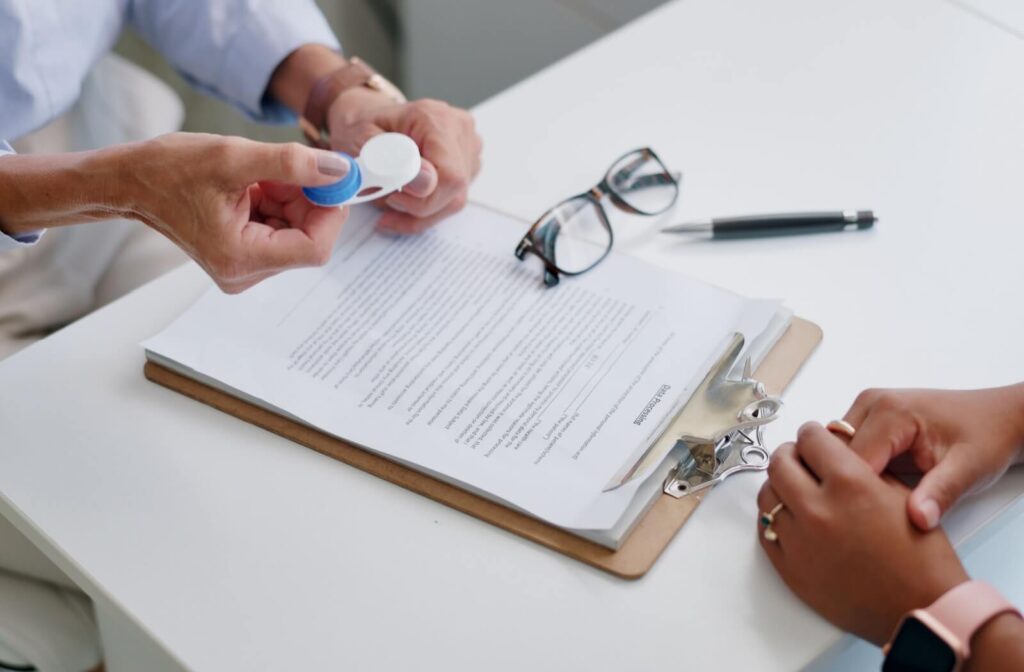
The Importance of Diabetic Eye Exams
Diabetes can quietly affect your eye health, leading to conditions like diabetic retinopathy, macular edema, cataracts, or glaucoma. Diabetic eye exams provide routine screenings to help detect these issues early, helping to protect your vision.
In some cases, this may include a dilated eye exam, where your optometrist uses special drops to widen your pupils, allowing us to examine your eyes’ internal health directly.
We can use imaging tests, such as optical coherence tomography (OCT) and fundus photography, to capture high-resolution images of your retina and optic nerve.
A diabetic eye exam typically takes 60 minutes, with approximately 20 minutes waiting for the dilation drops to take effect. While this exam may take a little extra time, the insights gained are invaluable for managing your eye health.
Do I Need Glaucoma Testing (or Screening)?
Glaucoma is a serious condition that damages your optic nerve and is one of the leading causes of blindness in Canada. Its early stages often progress without noticeable symptoms. Usually, the only chance we have to diagnose it early is during an eye exam, so proactive testing is key.
Glaucoma typically affects peripheral (side) vision first. Optometrists use several tests to detect and monitor its progression. These include measuring intraocular pressure (IOP), conducting visual field tests to identify blind spots or changes in peripheral vision, and assessing the optic nerve. Optic nerve evaluation involves both direct examination using a slit lamp (bio-microscopy) and optical coherence tomography (OCT) scans to detect retinal nerve tissue thinning and monitor neuro-retinal rim integrity.
The most common type of glaucoma is open-angle glaucoma, where the drainage channels in the eye malfunction, causing pressure to grow inside the eye. Optometrists can measure this pressure using a tonometry test.
At Downtown Eye Care & Contact Lens Department, every patient undergoes thorough screening for various eye conditions. In addition to glaucoma testing, we assess retinal and macular diseases, corneal and ocular surface conditions (including dry eye), cataracts, vascular anomalies related to systemic health, and eyelid abnormalities. Our comprehensive approach ensures early detection and proactive eye care.
Wrap Up Your Vision Health with Confidence
Your time is valuable, and scheduling an eye exam shouldn’t feel like an inconvenience. From a quick 30-minute comprehensive check-up to more specialized exams lasting about an hour, every visit is an investment in your overall well-being.
At Downtown Eye Care & Contact Lens Department, our experienced team is here to help your appointment stay seamless, informative, and tailored to your needs. Whether you’re coming in for a standard eye exam or specialized care, we’re here to help you see the world more clearly.
Take the first step in prioritizing your eye health today and book your appointment with us. It’s time well spent!

